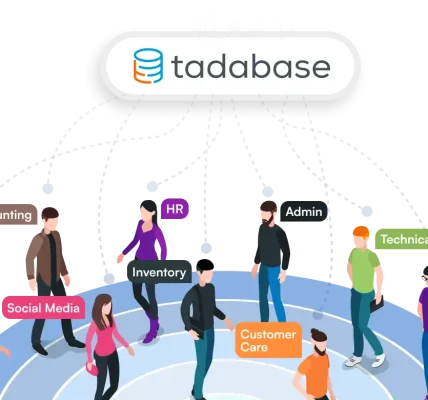Flex Accounting allows users to create and manage multiple accounts. You can send unlimited invoices and track payments. It also supports building accounts and teaching financial stats. You can choose the features you want and see a tutorial to get a better idea of what the program has to offer. However, it is important to understand how it works before making a purchase. Here are some tips to get started: To begin, create an account. It will allow you to send an unlimited number of invoices.
The basic premise of Flex Accounting is to allow an organization to define flexible account numbers. Using a flexible account number, departments can keep track of expenses and revenues for any fund. The main benefit of this feature is that the system makes it easier to use and maintain. A department’s chartfield descriptions should not change without the approval of the List of ChartField Liaisons. Once a department has approved a chartfield, it can use it in the accounts.
One of the major advantages of flex accounting is that it allows a company to make changes to its general ledger account structure. This includes changing the number of subsidiary sections or business units. Because of the flexibility of a flex budget, managers can compare budgets and actual results with a greater degree of accuracy. In addition, because the elasticity of revenue and expenses is greater, a department can easily adjust their flex budget.
Flex Accounting allows a company to change the general ledger account structure. You can flex the business unit or subsidiary section by adding and removing a segment. However, you cannot flex the object segment. Instead, it needs to be defined with AAIs. In JD Edwards World, you can create a hard-coded UDC table for each business unit. This is the best way to manage the flexibility of a department.
Flexi is an enterprise-oriented accounting software that enables you to customize the workflow processes and automate accounting. Its flexible design allows you to deploy it on-premise, cloud, or hybrid environments, and integrate it with other systems. Its open SOA architecture makes it easy to integrate with other applications. This flexibility is the key to a successful flexi-based implementation. You can start implementing the flexi-based system in your organization today.
Despite the benefits of a flexi-based system, there are some limitations. As a result, you will need to set up your data in the same format for all of your subsidiaries. In Flexi, you can define the structure and assign a flexible account number to each business unit. This means you can create multiple varying structures and divisions within the same company. For example, you can have a ‘flexi’ subaccounts for every business unit, and your customers can choose to see each of them.






